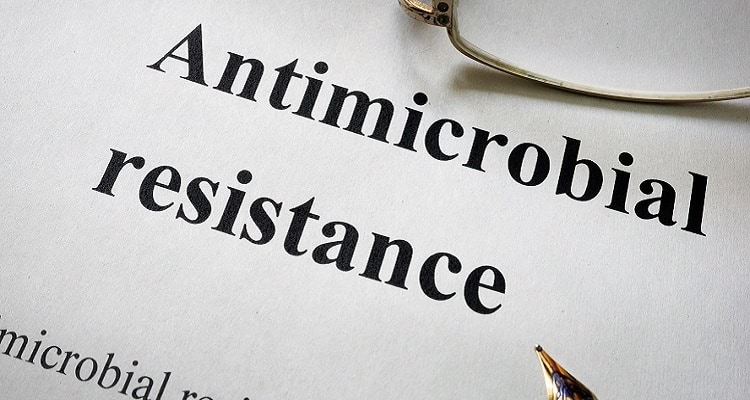Geneva, May 15, 2024 — The World Health Organization (WHO) has released the 2024 edition of its Bacterial Priority Pathogens List (BPPL), a critical tool in the global fight against antimicrobial resistance (AMR). This updated list, which builds on the 2017 edition, refines the prioritization of antibiotic-resistant bacterial pathogens to better address the evolving challenges of AMR. Categorized into critical, high, and medium priority groups, the BPPL now covers 24 pathogens spanning 15 bacterial families, emphasizing the urgent need for targeted research and development (R&D) and public health interventions.
New Inclusions and Prioritizations
The 2024 BPPL lists 24 antibiotic-resistant pathogens divided into critical, high, and medium priority categories, reflecting their global impact in terms of burden, transmissibility, treatability, and prevention options.
Critical Priority Pathogens:
- Gram-negative bacteria resistant to last-resort antibiotics, such as Acinetobacter baumannii (carbapenem-resistant) and various Enterobacterales (third-generation cephalosporin-resistant and carbapenem-resistant).
- Mycobacterium tuberculosis, particularly those resistant to rifampicin, due to their significant global health threat and ability to spread resistance genes.
High Priority Pathogens:
- Fluoroquinolone-resistant Salmonella Typhi and Shigella species.
- Methicillin-resistant Staphylococcus aureus (MRSA) and vancomycin-resistant Enterococcus faecium.
- Carbapenem-resistant Pseudomonas aeruginosa, which, despite a recent decrease in global resistance, remains a significant burden in certain regions.
Medium Priority Pathogens:
- Group A and B Streptococci, newly added to the list.
- Macrolide-resistant Streptococcus pneumoniae and ampicillin-resistant Haemophilus influenzae.
Global Burden and Impact
The inclusion of these pathogens underscores their severe global health impact. The listed bacteria cause significant morbidity and mortality, particularly in low- and middle-income countries (LMICs), exacerbating existing health disparities and overwhelming healthcare systems. The dynamic nature of AMR, reflected in the changes from the 2017 list, necessitates continuous surveillance and adaptive strategies.
Research and Development Priorities
The BPPL highlights the urgent need for robust R&D pipelines to develop new antibiotics, diagnostics, and preventive measures. This updated list serves as a guide for pharmaceutical developers, academic researchers, public research institutions, and funders, ensuring their efforts align with the most pressing AMR threats.
Dr. Yukiko Nakatani, WHO’s Assistant Director-General for Antimicrobial Resistance ad interim, stated, “By mapping the global burden of drug-resistant bacteria and assessing their impact on public health, this list is key to guiding investment and grappling with the antibiotics pipeline and access crisis.”
Comprehensive Public Health Interventions
The BPPL emphasizes the importance of comprehensive public health strategies, including infection prevention and control (IPC) measures, equitable access to diagnostics and treatments, and international coordination. Targeted interventions are crucial for mitigating the impact of AMR on vulnerable populations, particularly in resource-limited settings.
Dr. Jérôme Salomon, WHO’s Assistant Director-General for Universal Health Coverage, Communicable and Noncommunicable Diseases, noted, “Antimicrobial resistance jeopardizes our ability to effectively treat high burden infections, such as tuberculosis, leading to severe illness and increased mortality rates.”
Tailored Regional Strategies
The BPPL underscores the necessity of adapting strategies to regional contexts, considering variations in pathogen distribution and AMR burden. Effective control of AMR requires region-specific interventions that address local epidemiological trends and healthcare challenges.
Investment and Policy Guidance
The updated BPPL provides essential guidance for policymakers and national health authorities, helping them prioritize investments and develop policies to combat AMR. By mapping the global burden of drug-resistant bacteria and assessing their impact on public health, the BPPL is a critical tool for guiding investment decisions and addressing the antibiotics pipeline crisis.
Conclusion
The 2024 WHO BPPL is a pivotal resource in the global effort to tackle antimicrobial resistance. It provides a clear framework for prioritizing R&D, guiding public health interventions, and shaping policies to mitigate the threat of antibiotic-resistant bacteria. This updated list reflects the evolving landscape of AMR, underscoring the need for ongoing surveillance, innovation, and international collaboration to protect global health.
For further details on the rationale behind the list, methodologies used to develop it, and key findings, refer to the accompanying report available on the WHO website. https://tinyurl.com/5n7ppzsa
